Five money hacks to speed up saving for a house deposit
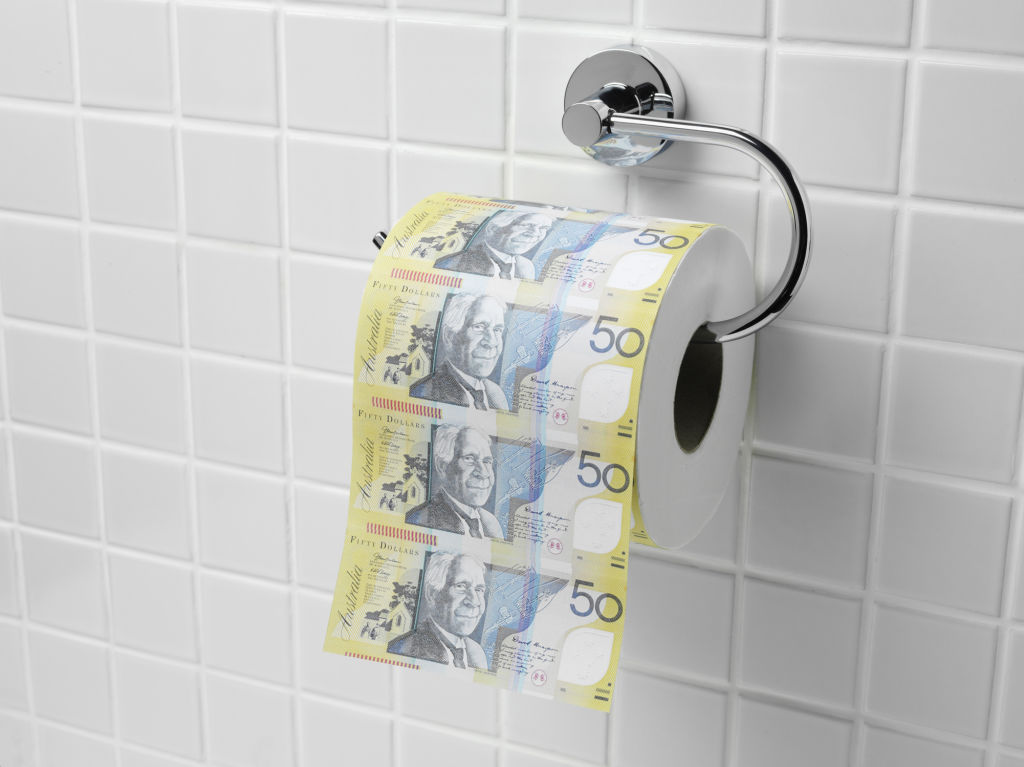
If you want to buy your first home, you’re going to need a deposit – a big one, especially if you live in Sydney or Melbourne.
There are several things you can do to bring the goal of home ownership a bit closer. You can take advantage of the various federal and state government grants, schemes and incentives on offer. You can find ways to grow your income, such as getting a pay rise or promotion, or taking on additional hours. Or you could take the old-fashioned approach of serious saving.
These are just some of the tricks I use to save money every day. They might not all work for you, but there’s probably one or two you could put to use.
Just remember, a few dollars saved here and there might not seem like much, but several thrifty techniques can be combined to save serious cash fast.
1. Use active transport
I’ve been fortunate enough to live less than 10 kilometres from where I work for several years now, and while being close to the CBD does mean living costs are higher, it also means you’re spoilt for choice when it comes to transport options.
But driving costs me about $3 in fuel plus $11 in parking fees per day, or $3360 per year, and that’s not including the cost of buying, maintaining, registering and insuring a car.
Public transport costs $7.70 per day or $1848 per year, while ride sharing is about $8 each way at its absolute cheapest, or a minimum of $3840 per year.
Cycling, however, is free, and is also the fastest option. My bike cost $1000 — a splurge purchase five years ago — and since then I’ve had it professionally serviced once for $150, and replaced flat tyres about eight times, costing about $100 in total. All up, that takes the cost of cycling to $246 a year, a figure that continues to fall the longer I own the bike.
Walking, cycling or running to work won’t suit everyone, especially if you face a long daily commute, but incorporating some active transport into your journey could save you money, and make you happier too.
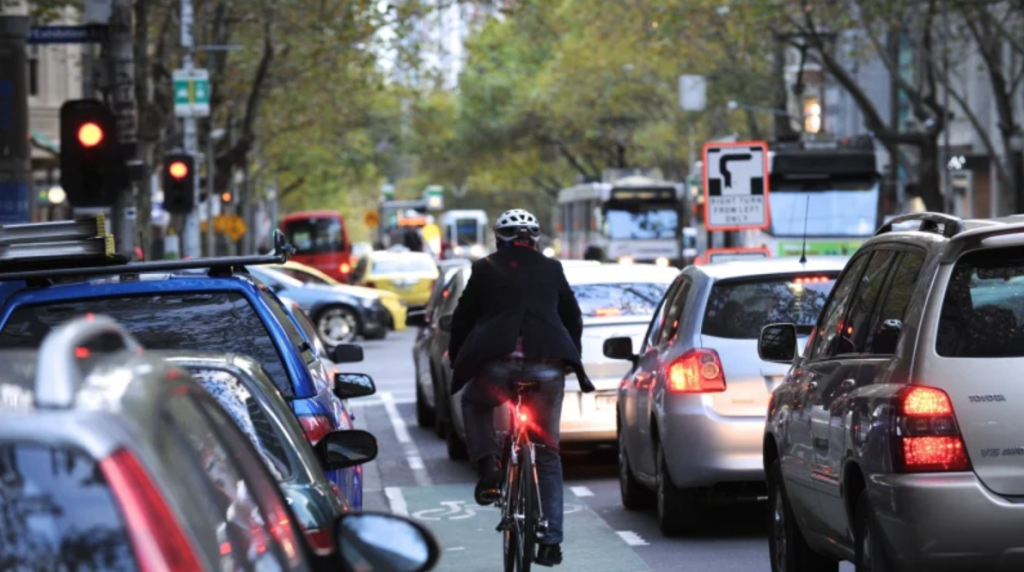
2. Buy second hand
Whenever I need to buy something for my home, whether it’s furniture, tools, gardening equipment or renovation supplies, I’ll look for a second-hand item first.
Used goods are much cheaper than new, and more often than not there’s nothing wrong with the item and it’s barely been used.
Buying second hand also minimises the amount of waste going to landfill, and makes money for my neighbours rather than corporate giants.
I find good quality vintage or retro pieces tend to hold their value quite well. When I’m done with the item, I can sell it for about the same price I paid for it — sometimes more — even though it’s decades old. At worst it’s the equivalent renting the item, at best I make a profit.
Compare that to fast furniture and cheap appliances that can break quickly, often ending up in a council clean-up within a year.
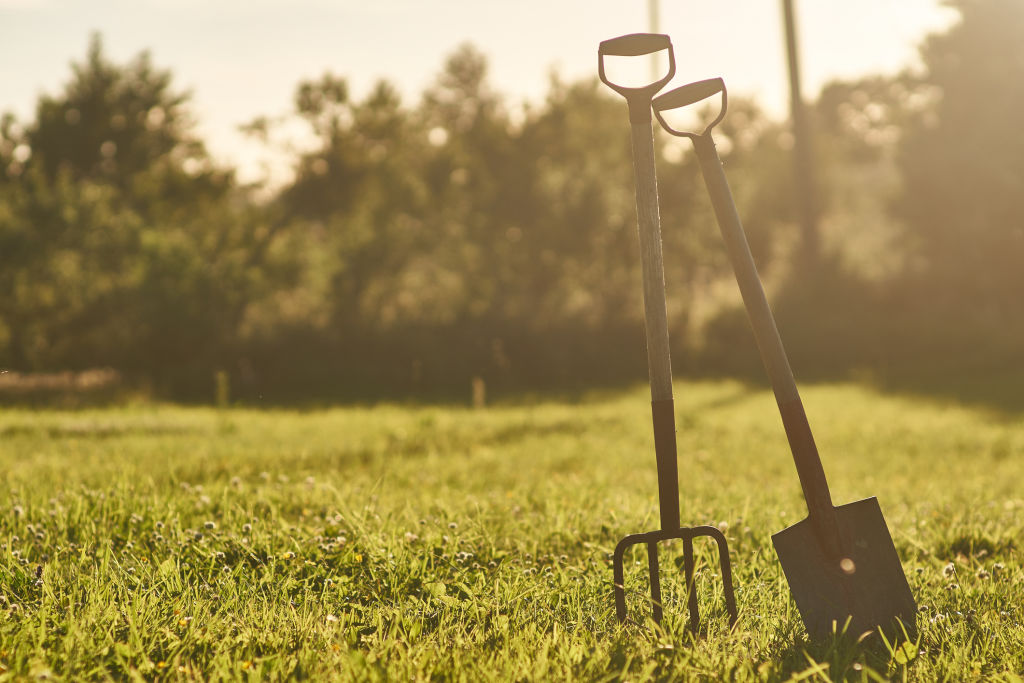
3. Sell what you don’t need, immediately
Similarly, as soon as I realise I don’t need something, it goes straight on eBay, Gumtree and Facebook Marketplace.
Selling stuff minimises clutter around the house, and puts cash in your hand sooner rather than later.
Items from well-known brands can fetch surprisingly high prices if kept in good condition, and smartphones and clothing are two easy wins. Some people will even buy and repair phones with cracked screens, or strip them for parts. There’s almost always someone willing to pay good money for things you might find worthless.
If you want to sell an item quickly, take lots of good photos, describe it accurately, make sure it’s listed on all the relevant platforms, and be flexible on pricing. Offering pick up from both your home and work suburb can help. Just be sure to meet buyers in a safe place, especially for high-value items.
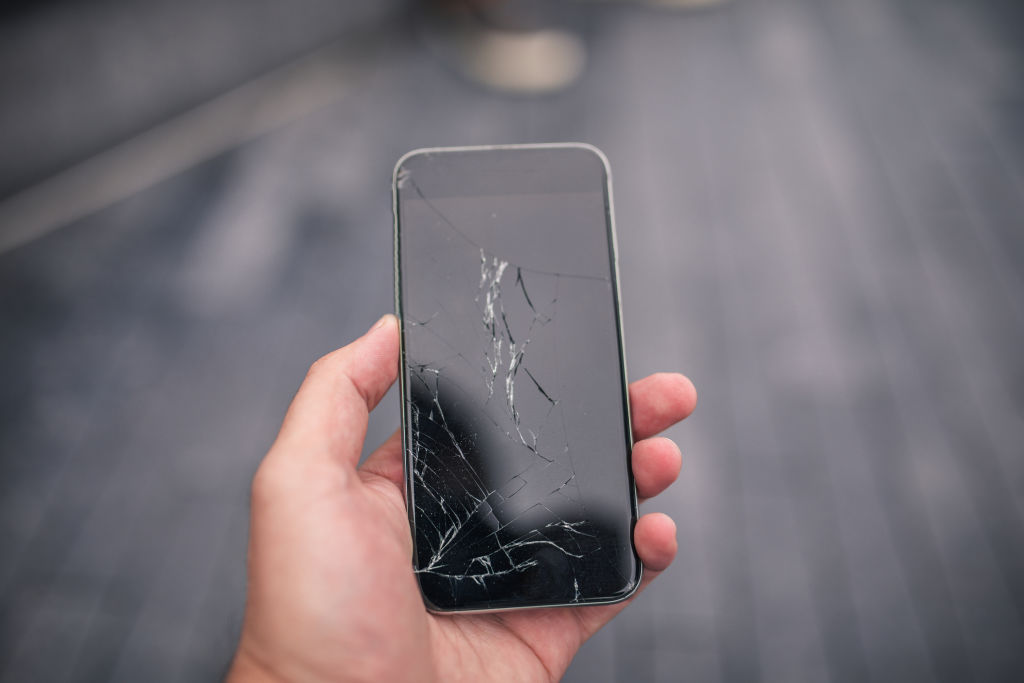
4. Online shopping hacks
Online shopping makes it easy to buy almost anything, but it also makes it easier for money to slip through your fingers.
Before purchasing something online, search for discount codes. Admittedly, 90 per cent of the time this search is unfruitful, but other times I’ve managed to get between five and 20 per cent off with just a few minutes of searching.
Another trick is to create a new account, put all the items you want in your cart, then leave it for a few days. Some stores will email you a discount code to use to encourage you to complete the purchase. Alternatively, you might find that holding off on buying the item makes you realise you possibly don’t really need it anyway, saving you even more money.
My final trick is a little bit cheeky. After you’ve bought something, don’t use it straight away, and keep the item saved to your wishlist. If the item goes on sale within the returns period, buy it at the discounted price and return the original, providing it comes with free shipping and returns. You may need to create a new account to do this, which sometimes comes with the added bonus of a “welcome” discount code.
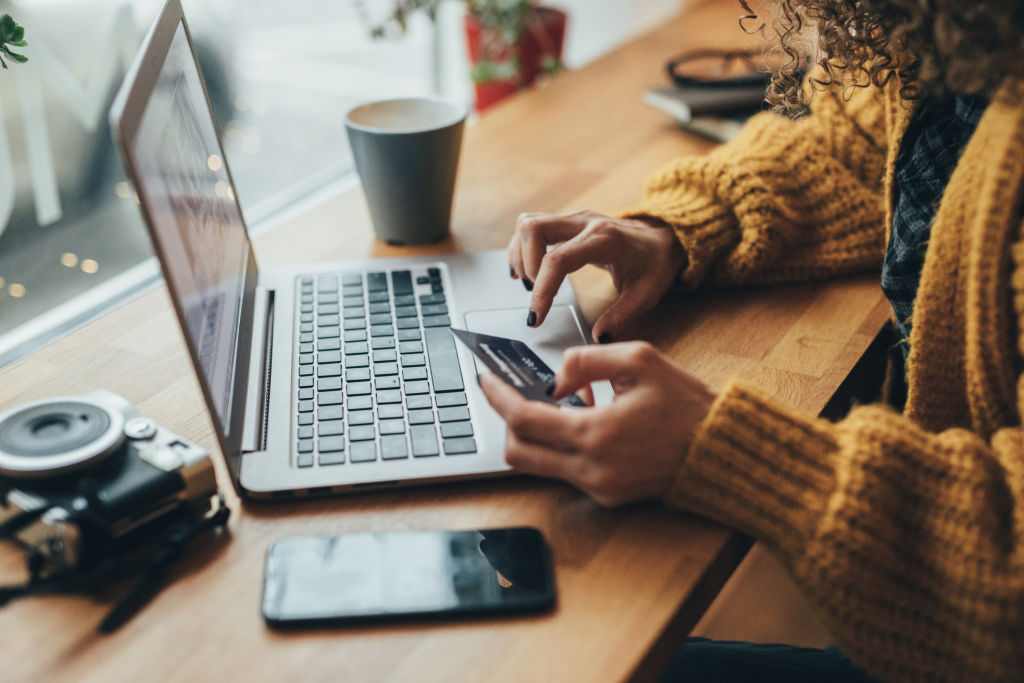
5. Smart grocery shopping
Before going to the supermarket, look up the weekly specials online and stock up on products that have no expiry date.
Not once have I paid full price for laundry detergent, dishwasher pods or toilet paper, which is regularly 40 to 50 per cent off when it’s not flying off the shelves in a coronavirus-induced panic. That’s right, I’ve been hoarding toilet paper since before it was cool. The downside is my home is often overflowing with surplus staples, creating constant storage issues.
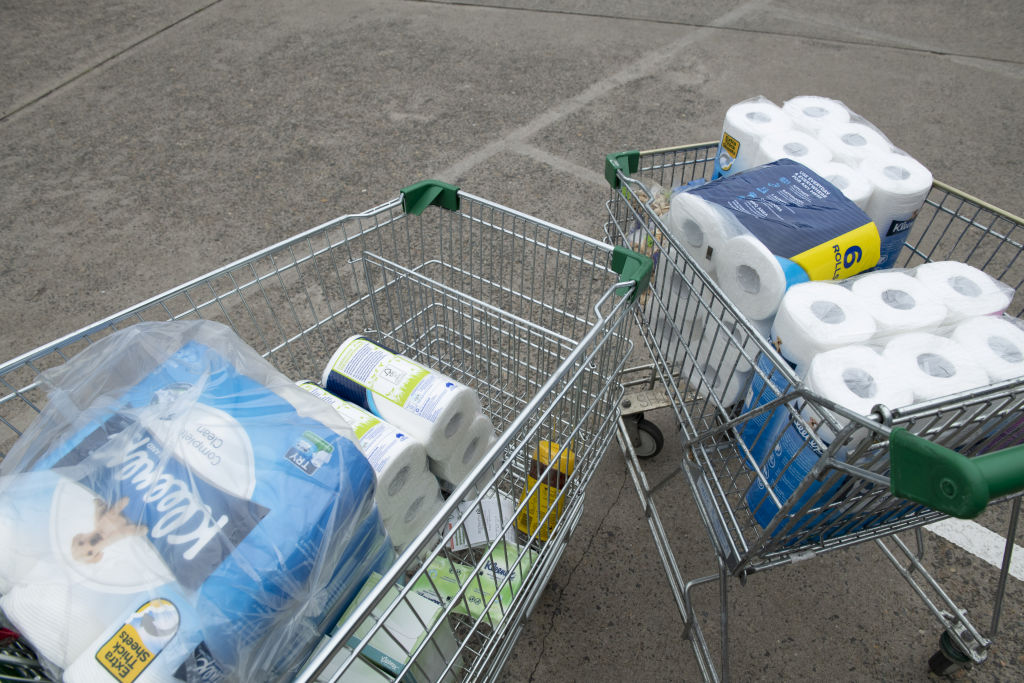
Buying fruit and vegetables when they’re in season and planning meals accordingly can also save a few dollars each week, which adds up over time.
The most effective trick is the simplest – plan at least three to four meals for the week, shop for the ingredients, and cook extra for leftovers. Meal planning means you’ll probably eat more healthily, and takeaway food will be less tempting. You’ll also waste less money and food because you won’t aimlessly shop until your trolley is full.
We thought you might like
States
Capital Cities
Capital Cities - Rentals
Popular Areas
Allhomes
More






